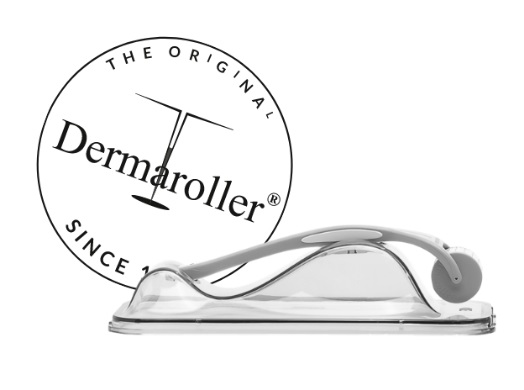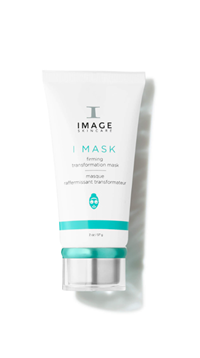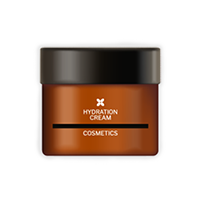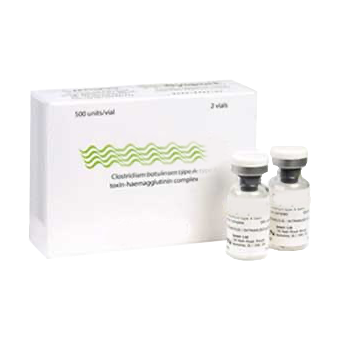 You’ve been on Ozempic, Wegovy or Mounjaro and you’ve done the work to lose weight. This should feel like a massive achievement, and you probably imagined it would leave you feeling more confident than ever. However, you may not have anticipated the impact GLP-1 assisted weight loss could have on your body—think crepey, sagging, loose skin.
You’ve been on Ozempic, Wegovy or Mounjaro and you’ve done the work to lose weight. This should feel like a massive achievement, and you probably imagined it would leave you feeling more confident than ever. However, you may not have anticipated the impact GLP-1 assisted weight loss could have on your body—think crepey, sagging, loose skin.And now you’re likely hunting for ways to firm and tighten post-weight loss. Here EV Expert, Aesthetician and Ace Skin Health Clinic Founder, Corina Mihalache, breaks down why those changes happen, where they tend to show up, and which treatments and actives can help keep your skin strong and supported.
Why GLP-1 weight loss impacts the skin
“GLP-1 drugs such as Ozempic imitate a natural hormone (glucagon-like peptide-1) that regulates blood sugar, insulin and appetite. They slow down gastric emptying so that people feel fuller for longer, and often achieve a lower calorie intake without extreme dieting. For many, this completely changes their relationship with food,” explains Mihalache.With that consistent appetite reduction, weight loss happens fast. “But this rapid change can cause the skin to struggle to catch up, and recoil fast enough, especially if it already lacks elasticity due to age or years of yo-yo dieting. These years of stretching that break and thin the intricate web of elastin fibres, leave people without a viable scaffold for the skin to spring back when the fat volume beneath the skin suddenly collapses,” adds Mihalache. Cue ‘Ozempic sag.’
Ozempic sag treatments
Targeted treatments can help strengthen the skin and rebuild some of that lost structure.Radio frequency (RF) microneedling combines ultra-fine needles that create micro-injuries to the skin and channels for the radio frequency energy to travel down, in order to trigger collagen and elastin production. Look out for devices that also use vacuum technology, they can deliver energy more evenly and at greater depth to boost firmness and circulation.
High intensity focused ultrasound (HIFU) uses concentrated ultrasound energy to reach multiple layers of the skin, including the SMAS layer (the same layer addressed in surgical facelifts). By stimulating collagen and, in some cases, targeting fat too, it can tighten, contour and subtly lift.
Endolift works just below the skin’s surface and is often an effective alternative to cosmetic surgery. Ultra-fine optical fibres deliver laser energy into the deepest layer of the skin, contracting existing collagen and encouraging new production. This results in a gentle lifting and tightening effect with minimal downtime, making it ideal for areas with thinner, more delicate skin such as the upper arms and inner thighs.
Emsculpt, on the other hand, focuses on what’s beneath the skin. It uses high-intensity focused electromagnetic energy to stimulate powerful involuntary muscle contractions—think the equivalent of 20,000 sit-ups, or squats, or bicep curls and more in one session. This builds muscle volume and tone, giving the skin above more structural support. It won’t replace surgery, but for mild to moderate laxity, it can deliver a noticeable improvement in shape and contour.
Ozempic skin key areas
Not all areas of the body react in the same way to weight loss. “The skin on the body has different thickness, collagen density and levels of support depending on the area,” says Mihalache. “Some zones are naturally more vulnerable to sagging and crepiness,” she adds.The stomach is often the first to show signs of change: as the fat beneath reduces, the skin can look stretched or finely wrinkled, particularly around the navel. “RF microneedling works well on mild to moderate laxity here,” explains Mihalache. “But in more severe cases, surgery may be the only option to fully remove excess skin.”
When it comes to breasts, they typically lose volume quickly, which can lead to deflation and fine wrinkling. “RF microneedling or radio frequency skin tightening can help with texture, but they won’t lift the breast,” Mihalache notes. “Supportive bras, hydration and targeted skincare make a difference,” she advises, but for a really noticeable difference, a breast lift might be something to consider.
The bottom is a tough spot to treat as it often appears flatter, with sagging along the lower edge. Because this is primarily a volume issue (and skin may well be in a better condition here in terms of thickness and firmness), Emsculpt is a strong option. “This device will help to rebuild glute muscles to provide lift from beneath. Combining it with RF microneedling or HIFU can also help tighten the skin for a more complete result,” believes Mihalache.
Finally, the thighs—particularly the inner thighs—can be prone to laxity, sagging, bunching and crepiness. HIFU can help firm the area, and for those who don’t want to go under the knife but want an extra hit of collagen stimulation, Endolift offers visible tightening without major downtime.
How actives work to support the skin
Topical skincare won’t rebuild lost structure, but it can strengthen what remains. Ingredients like retinoids, peptides and antioxidants are particularly valuable when used consistently. “When applied topically, retinol increases cell turnover and stimulates fibroblasts to produce collagen and elastin, which helps to thicken the skin and improve its firmness over time. Peptides act as messengers, signalling the skin to repair and build new structural proteins while supporting the skin barrier.Antioxidants (such as vitamins C and E) protect against oxidative stress, which contributes to skin ageing and the breakdown of collagen,” says Mihalache. “When used consistently, these ingredients can improve firmness and surface quality. They can’t tighten loose skin dramatically, but they do help the skin behave more youthfully and maintain its integrity,” she explains.
There are also some ‘secondary’ actives that should make it into your arsenal. AHAs such as lactic or glycolic acid help gently exfoliate, improving hydration and encouraging fresh cell turnover. Caffeine boosts circulation and supports delivery of oxygen and nutrients to the skin. So, look for a body cream that combines these ingredients to complement your skin firming in-clinic treatments.
Start early
Experts are finding that many people on GLP-1's wait until the weight is gone to think about their skin. By then, it’s harder to restore the skin (though not impossible). “The best approach is to start as early as you can: don’t wait until the sagging appears,” says Mihalache. “If you’re considering GLP-1, or you’ve just started, create your skin plan early, just as you would plan your nutrition or workouts.Support your skin from the inside out with water, protein, vitamins and targeted supplements, and from the outside with daily skincare and regular treatments that restore collagen and firmness,” she urges. However, for those who have reached their goal weight, employ all of the above advice, and you should see a marked improvement.
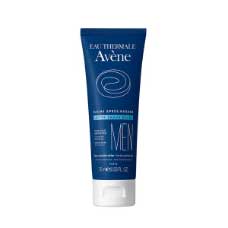
 Added to basket
Added to basket

 Unapplied Changes
Unapplied Changes


